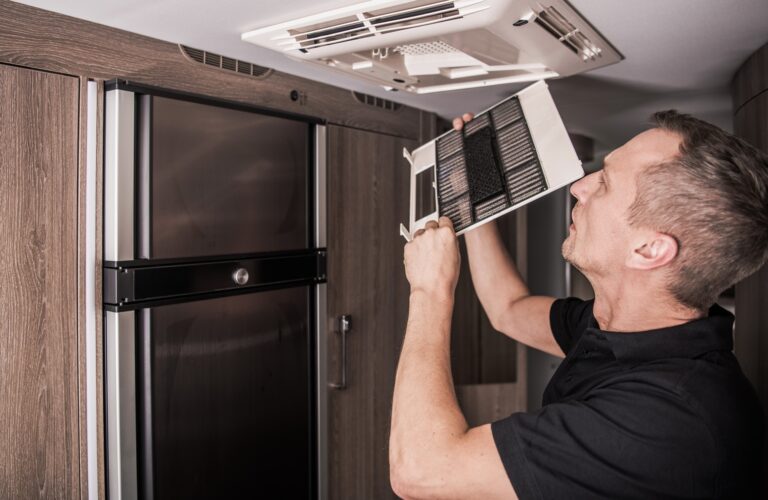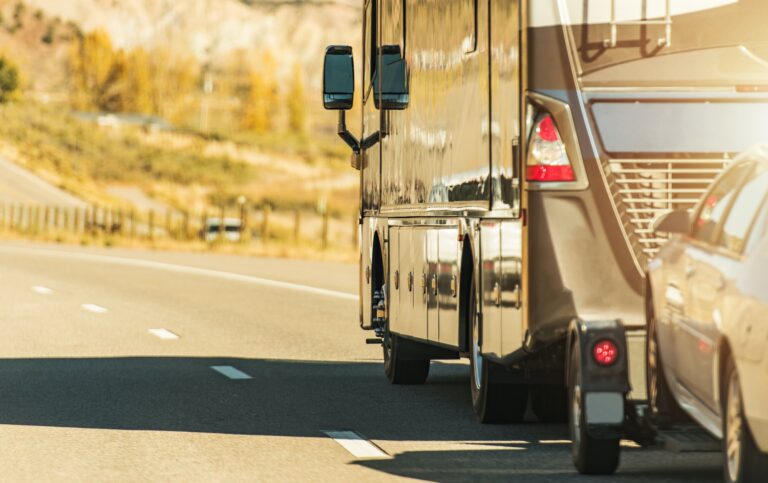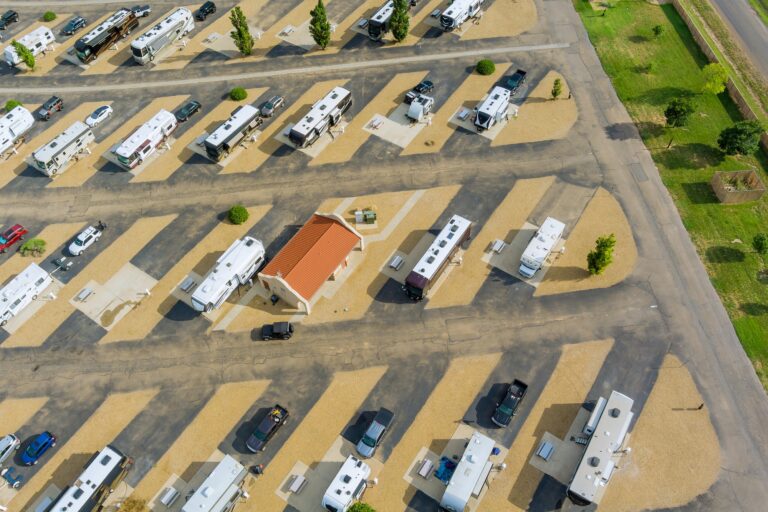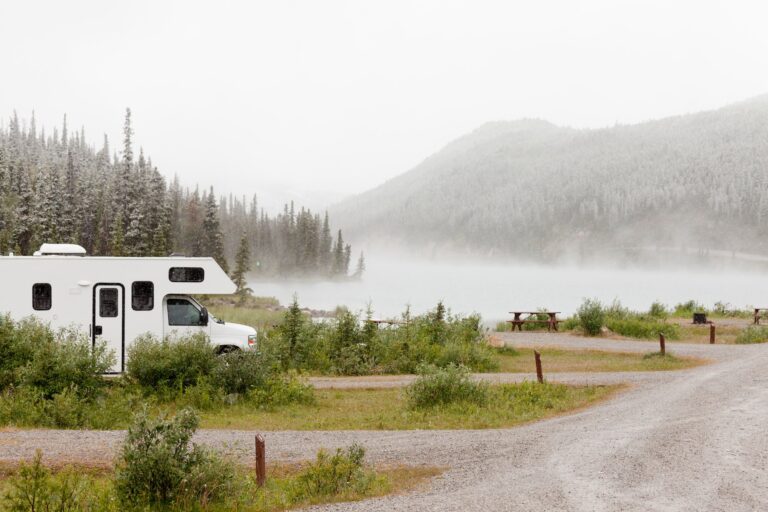Whether you’re a seasoned road warrior or just starting your RV adventure, handling your RV’s waste disposal is an essential part of the experience. It might not be the most glamorous aspect of RVing, but understanding how to properly use dump stations ensures a hygienic and enjoyable journey. This guide will introduce you to dump stations, their importance, and how to use them effectively.
Understanding Dump Stations
RV dump stations, also known as sanitation stations, are facilities where RVers can safely dispose of waste from their RV’s holding tanks. There are two types of holding tanks in most RVs:
- Black Water Tank: This tank holds waste from the toilet. It’s called a black water tank because the waste can turn the water black.
- Gray Water Tank: This tank holds wastewater from the sinks and shower. It’s called a gray water tank because the waste water often looks gray.
Both tanks need to be emptied regularly to maintain the RV’s hygiene and prevent unpleasant odors or potential damage to your RV’s system.
Importance of Dump Stations
Dump stations play a crucial role in RVing:
- Hygiene: Regularly emptying your RV’s holding tanks at dump stations ensures a hygienic living environment in your RV.
- Preventing Damage: Overfilled tanks can cause damage to your RV’s plumbing system. Using dump stations helps avoid costly repairs.
- Environmental Responsibility: Dump stations provide a safe and environmentally friendly way to dispose of waste, preventing pollution of natural habitats.
Locating Dump Stations
Finding dump stations can be straightforward:
- Campgrounds and RV Parks: Most campgrounds and RV parks have dump stations for guests to use. Some charge a small fee, while others include it in the cost of your stay.
- Public Land: Some public lands, like national parks and forests, provide dump stations.
- Rest Areas and Truck Stops: Some rest areas and truck stops have dump stations. There may be a fee to use these facilities.
- Apps and Websites: There are various RV-related apps and websites that can help you locate nearby dump stations.
Using Dump Stations
Here’s a step-by-step guide on how to use dump stations:
- Prepare Your Supplies: You’ll need disposable gloves for hygiene, a sewer hose to connect your RV to the dump station inlet, a rinse hose for cleaning, and tank treatment chemicals to control odor and break down waste.
- Park Correctly: Position your RV so the sewer outlet is as close as possible to the dump station inlet.
- Connect the Sewer Hose: Put on your gloves, then connect one end of the sewer hose to your RV’s sewer outlet and the other end to the dump station inlet.
- Dump the Black Water Tank: Always start with the black water tank. Pull the valve to open the tank and let the waste drain out. Close the valve once it’s empty.
- Dump the Gray Water Tank: Next, dump the gray water tank. This helps rinse the sewer hose of any residual waste from the black water tank.
- Flush the Tanks: If the dump station has a non-potable water source, use your rinse hose to flush out your tanks. Start with the black tank, then the gray tank. Never use your drinking water hose for this step.
- Disconnect and Clean Up: Once your tanks are empty and flushed, close all valves and disconnect the sewer hose. Rinse the hose and the area around the dump station inlet. Store your supplies properly.
- Treat Your Tanks: Add tank treatment chemicals to your tanks through the toilet and sinks to prepare for the next use.
Tips for Using Dump Stations
To ensure a smooth and hygienic process, keep these tips in mind:
- Use Heavy-Duty Gloves: It’s important to protect yourself from germs and bacteria. Always use heavy-duty, disposable gloves and dispose of them properly after use.
- Secure Your Connections: Ensure all connections are secure before opening your tank valves to prevent leaks and spills.
- Don’t Rush: Take your time to make sure you’re doing everything correctly. Rushing can lead to mistakes and potential messes.
- Maintain Your Tanks: Regularly use tank treatment chemicals to control odors and break down waste. This helps prevent clogs and makes dumping your tanks easier.
- Leave It Clean: Always leave the dump station cleaner than you found it. This is not only courteous to the next user but also helps maintain the facility.
Conclusion
Using dump stations is a necessary part of the RV lifestyle. While it may seem intimidating at first, with knowledge and practice, it becomes just another routine task on your RV adventures. Remember, proper waste disposal is not only crucial for your comfort and your RV’s maintenance, but it’s also part of your responsibility as an RVer to protect the environment.
So, don’t let the thoughtof waste disposal deter you from the freedom and adventure that RVing brings. With this guide, you’re well-equipped to handle dump stations and ready to hit the road with confidence. Safe travels!






